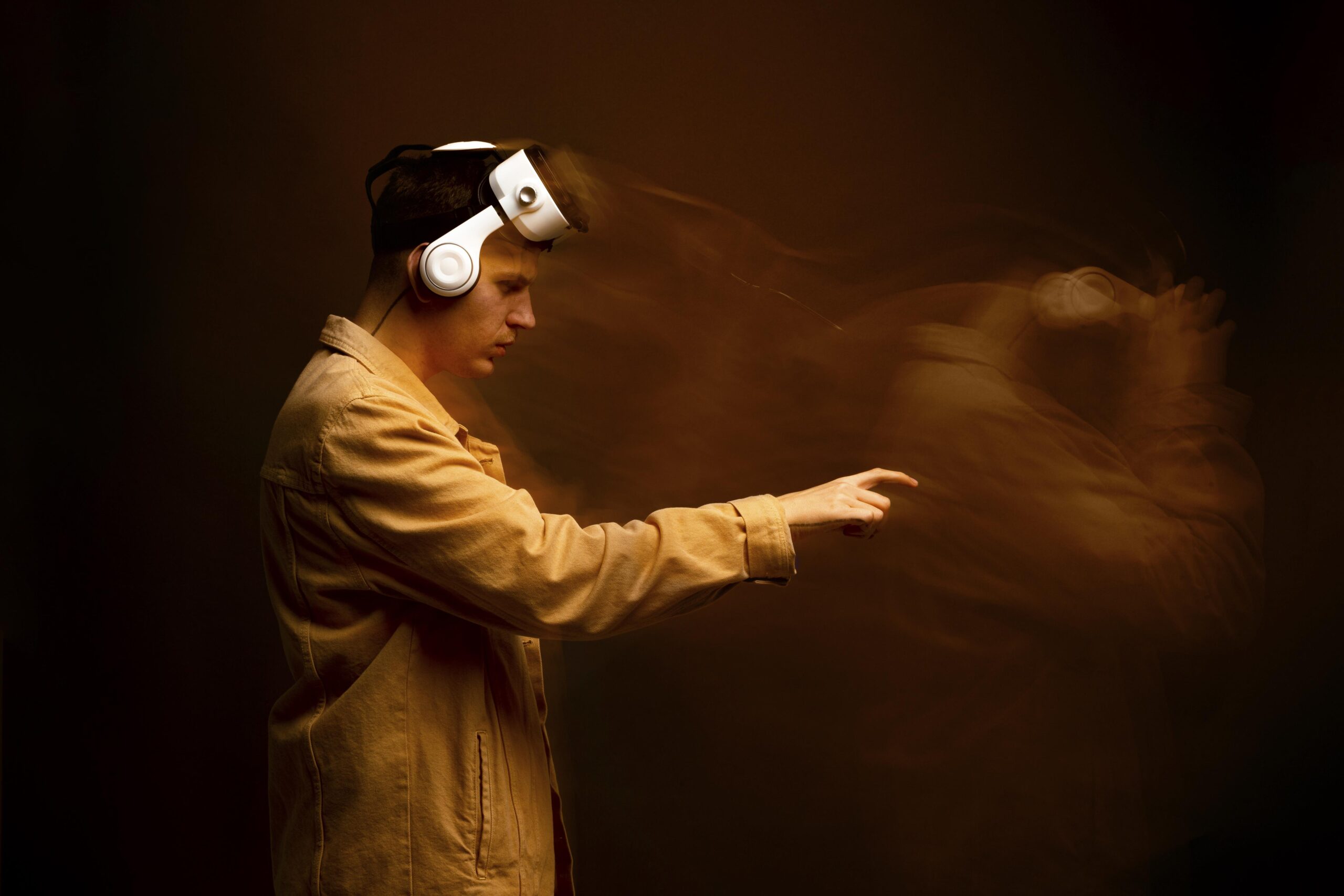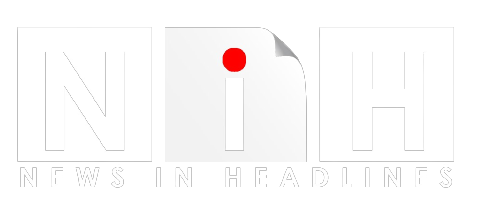
The Art of Balancing AI and Human Creativity
Although the relationship between human creativity and artificial intelligence (AI) is frequently viewed as paradoxical, these two domains are rapidly figuring out how to complement and coexist. By redefining traditional creative processes, AI introduces fresh perspectives, all while retaining the essence of human innovation. The Natural Language AI Humanizer exemplifies how AI can augment the creative process, allowing for a valuable and unique collaboration. AI frees up time and space for creatives to do what they do best—create—by taking over monotonous activities. This synergy is an exciting frontier that is reshaping artistic landscapes across the globe.
The Current Landscape of AI in Creative Industries
AI’s influence spans various creative sectors, including arts, music, and literature. This influence is characterized by a remarkable transformation in how creatives work and the kind of work they produce. Thanks to artificial intelligence, artists can now communicate their ideas in unthinkable ways. For instance, digital artists use AI algorithms to generate artwork that combines traditional elements with futuristic themes. One fascinating example is the use of AI to produce unique visual artwork that challenges our perception of art itself. Similarly, AI tools aid in composing melodies and writing lyrics, enabling musicians to experiment with different styles and genres.
Benefits of Integrating AI and Human Creativity
The integration of AI with human creativity offers multiple benefits that extend beyond conventional creative boundaries. AI can analyze vast amounts of data and provide insightful feedback, which enhances the creative process. This ability allows for greater experimentation and innovation, encouraging artists to take risks and explore new forms of expression. Moreover, AI tools can handle routine tasks, such as color correction in digital art or basic editing in filmmaking, allowing artists to focus on the more nuanced aspects of their craft. As a result, productivity and creativity are harmoniously combined to produce more profound and more powerful work.
Challenges Faced in Harmonizing AI with Creativity
Even as AI opens new doors, it presents significant challenges, especially its integration with human creativity. One of the primary concerns is maintaining the authenticity of human expression in AI-assisted outputs. Other challenges come from ethical considerations like copyright and data privacy. There’s an ongoing debate about how AI-generated work can be considered genuine art, fearing that over-reliance on technology may dilute the human touch. AI’s inherent biases can also infiltrate creative processes, inadvertently perpetuating stereotypes. For in-depth analyses of these challenges, visit TechCrunch, which discusses the ethical and practical contours of AI in innovative sectors.
Strategies for Maintaining the Balance
Striking a balanced relationship between AI technology and human creativity requires intentional strategies that uphold the integrity of artistic expression. Rather than allowing AI to dominate, creators and organizations should establish clear guidelines that define its supportive role. This means ensuring humans retain the final say in creative decisions and regularly evaluating how AI contributes to the process. Educational initiatives—such as workshops, tutorials, and collaborative forums—can empower artists with the skills to use AI thoughtfully and ethically. By embracing AI as a collaborative assistant rather than a replacement, creators can amplify their potential while preserving authenticity. Ultimately, the goal is to enhance innovation without compromising the emotional depth and individuality that define human creativity.
Case Studies: Success Stories
Real-world case studies vividly highlight how AI reshapes creative industries, offering innovative tools and inspiration across various artistic domains. In music production, AI enables artists to experiment with unique soundscapes and compositions traditionally requiring extensive resources or time, streamlining the creative process. In literature, AI models generate imaginative storylines, intriguing plots, and dynamic characters, often serving as springboards for human writers to develop richer narratives. These advancements are not about replacing human creativity but enhancing it—acting as collaborative partners that spark new ideas and broaden creative horizons. As these technologies evolve, they pave the way for groundbreaking works, uniting human emotion and technological precision in unprecedented and powerful ways.
Future Prospects of AI in Creative Sectors
The evolving relationship between AI and creativity promises an exciting and transformative future. As artificial intelligence progresses, its role in creative fields will expand beyond current capabilities. Artists may soon use AI tools that interpret brainwaves to compose music or generate visual art based on emotional responses, merging human expression with machine precision. These innovations will not replace human creativity but enhance and amplify it, allowing for new forms of artistic exploration. Collaborations between humans and AI will challenge traditional definitions of authorship and originality, reshaping how we perceive and value art. Audiences, too, will experience art in more immersive and interactive ways—responding to personalized content or engaging directly with AI-generated pieces. This future holds the potential for a cultural shift driven by creativity, technology, and imagination.
Conclusion: The Way Forward
The journey to balancing AI and human creativity is evolving, profoundly intertwined with the future of art and technology. By embracing AI’s supportive role, creators can unlock new dimensions of creativity while safeguarding the irreplaceable human touch. Through thoughtful engagement and continuous dialogue, AI and creativity can coexist, enhancing the other’s strengths. The way forward involves nurturing this relationship, ensuring it remains a partnership where each can thrive independently yet enhance the other’s potential in an ever-evolving landscape of creativity.


Average Rating